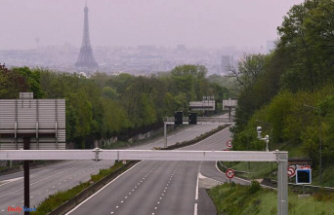The coverage of 5G networks already reaches 82.36% of the population in Spain and in rural areas the percentage now reaches 50.42% after doubling in the last year, according to data from the Report on broadband coverage in Spain published by the Ministry of Economic Affairs and Digital Transformation. 5G with end-to-end technology already reaches 58.12% of the population.
This data, one of the most positive in the report, represents an increase of 25 points compared to the previous year. On the other hand, 5G coverage combined with 4G elements -that is, the DSS- already reaches 73.82% of the population. Regarding 4G, it remains virtually the same as in recent years, with almost complete penetration: 99.89%.
The Executive has dedicated most of the investments in mobile networks to 5G infrastructure, as noted in the document, which has allowed it to reach this 82.36% coverage. In the future, the Ministry considers that the main challenges will be to accelerate the deployment of 5G -both in rural and urban environments- and improve the capacity of transmission networks.
The data reflected in the document, corresponding to June 2022, are also optimistic with the new measurement system required by the European Union, the busy hour data. Broadly speaking, it means asking operators for data in conditions of maximum demand instead of measuring the capacity that reaches homes so that they can be comparable between Member States; involves evaluating backbone networks. In any case, if in 2022 the penetration data by technology is 90.18% of homes, in busy hours it is 89.96%.
In addition, last year the fiber already reached nine out of 10 people and the gap between the rural and urban world is closing. Since 2018, when rural 100 Mbps coverage was 38.37%, it has practically doubled and now reaches 71.91%. In the last year, the gap has narrowed by 18 percentage points. In general, populations with less than 500 inhabitants are those that are below a penetration of 50% coverage.
According to government estimates, by 2024 the difference will have been reduced from 42 to six points. That year it is expected that ultra-fast broadband coverage will already reach 95.75% and that in rural areas it will reach 89.5%.
The Government's objective is for coverage to reach 100% of the population and for this, the launch of the Unique Rural Demand program will be key, at least in the early years, according to sources from the State Secretariat. With it, affordable access to satellite connections will be provided, although always with an eye on completing the deployment of fiber, which has greater potential and scalability.
According to the criteria of The Trust Project












